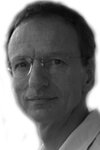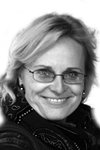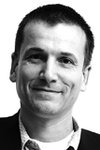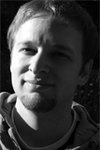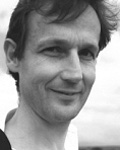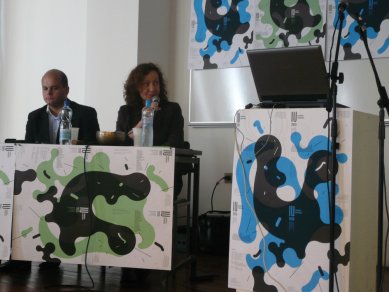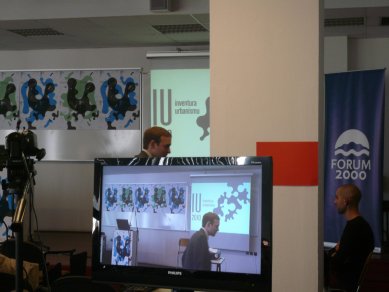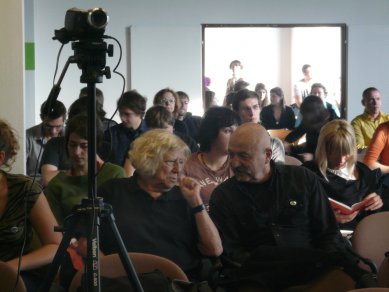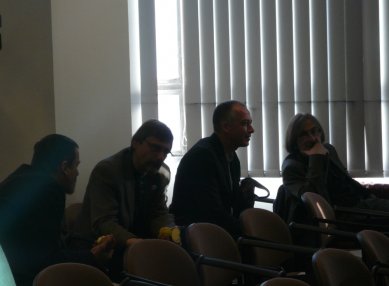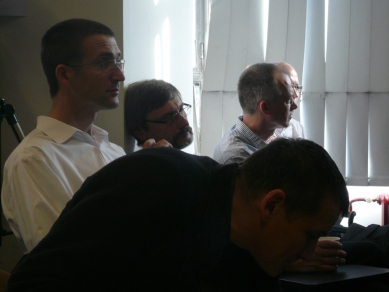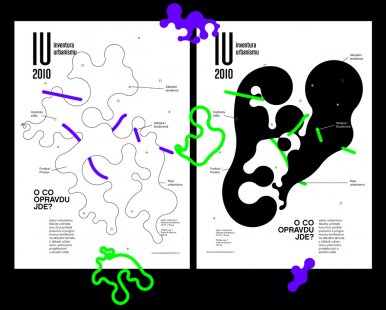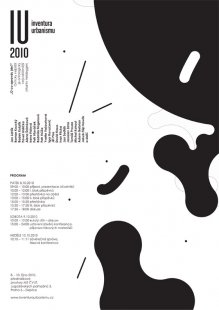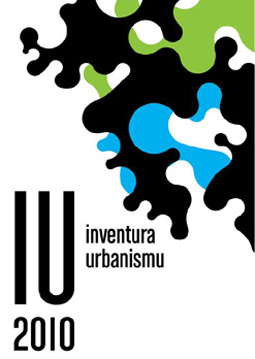 |
The initiative sparked considerable interest among professionals – over two hundred and fifty interested participants attended the two-day discussion, and the attraction of the often-overlooked architectural discipline is also evidenced by significant visitor traffic at the newly opened faculty portal www.inventuraurbanismu.cz.
We bring you the final report from the conference along with reflections from participants: feedback from the initiator, members of the team that created the concept, and representatives of the audience.



